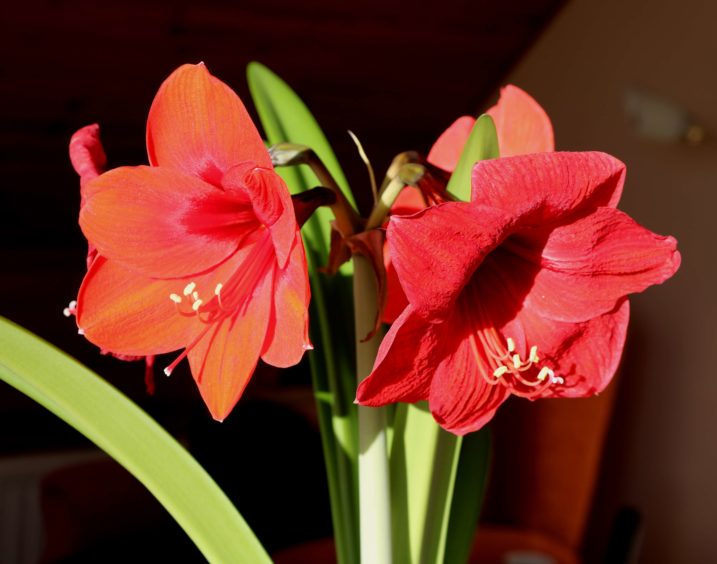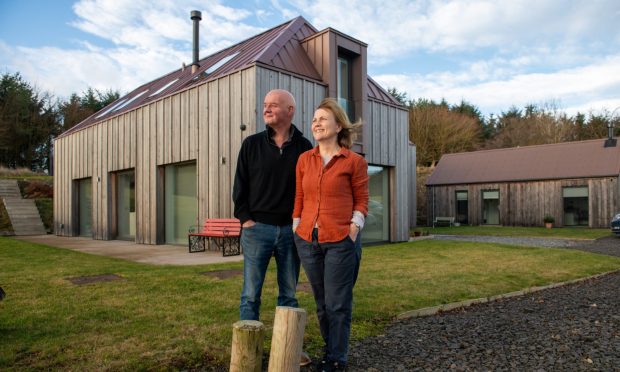John Stoa is looking at the gardeners weather this week.
Gardeners just love the challenge of growing something better than normal, whether it be a huge pumpkin, a massive potato, a dazzling show of flowers, or a brilliant fruit crop.
We study the techniques for growing each plant, water them, feed them, prune them, spray them for pests and diseases and keep them free from weeds.
Success however is still dependant on the weather being in our favour.
We never seem to get two years the same, so we must monitor the weather forecasts and work within its limits.
I like to try and get all my allotment digging done at the beginning of winter, but last year autumn was wet and continued well into December so digging was delayed.
Then the rain stopped, the ground surface dried up and winter never arrived till February, so I spent January on the plot and got the lot dug over leaving the surface rough for winter weathering.
Climate change is very debatable, but we can all remember the unusual years of hot dry summers like last year, then 1976 and 1959 (for us old enough to remember.)
In 1976 I was in Darlington where we grew thousands of geraniums which put on a fantastic show of colour helping us to win the regional Britain in Bloom award.
Working in horticulture outdoors you can remember many very bad winters.
I don’t remember 1947 (I was only 3 years old) but I do remember 1962/63 cycling through deep snow to get to work.
In 1981/82 I had come north from Darlington to Dundee for a Christmas holiday, but before I could return blizzards closed all the roads.
There was no trains, no buses so no-one could get to work, but there were several well trodden tracks through the deep snow heading towards the Nine Maidens pub, which we discovered was packed.
Then 2010/11 winter returned and blocked off all the roads again, and killed off to ground level all my fuchsias and a ten foot tall Cordyline australis.
Severe winters are not frequent, but dry hot summers seem to be coming in more regularly, so I am happy to try growing some of the more exotic plants to see if I can succeed with them.
I grow several grape varieties outdoors as well as peaches, cherries and figs, but they all need a warm dry autumn to help ripening.
The challenge also exists with strawberries where it is possible to get the first berries ripe towards the end of May using low polythene tunnels, an early variety and a warm spring. Cropping then continues with maincrops, late varieties then autumn fruiting types.
However, they still need warmth to ripen up so a good autumn really helps.
Last year the mild winter continued well into spring so tulips had a fantastic display in the cool climate, but other plants were running three weeks late with the lack of any warm spring weather.
However, the long hot summer reversed this trend so we ended up three weeks ahead by the end of summer.
This year the mild winter allowed me to pick a large bunch of red roses for the Christmas table and my winter pansies were showing flowers from early January.
Early potatoes can give the first spuds by the end of May if with a good spring, planting them in March and hoping there is no late frost.
Earth then up to protect them if frost is forecast.
Wind can be a problem for any young or tender plants in spring, or ripening crops in late summer and autumn, so if the garden is very exposed plant a narrow hedge or erect a fence as a windbreak.
Pests and diseases infestations are also very weather dependant.
A bad winter kills off many pests including slugs and disease spores.
Last year the summer was so dry that potato blight never arrived till late summer, and rose diseases were not a problem till late in the season.
I never forget the greenfly plague in 1975 starting in Lincolnshire and extending up to the Scottish borders, followed by the ladybird plague of 1976. Ladybirds feed on greenfly.
Wee jobs to do this week
Amaryllis that were started back into growth last October are now in full bloom and a light liquid feed every two to three weeks will help to build up strength in the bulb.
Once the flowers start to fade the leaves and roots still need feeding throughout the summer. They can go outdoors in summer in a sheltered sunny spot, but keep them watered and fed. However usually in mid summer withhold watering for about ten weeks and let the bulbs dry off to ripen them up. As they go dormant next years flower buds will be forming in the bulb.
















